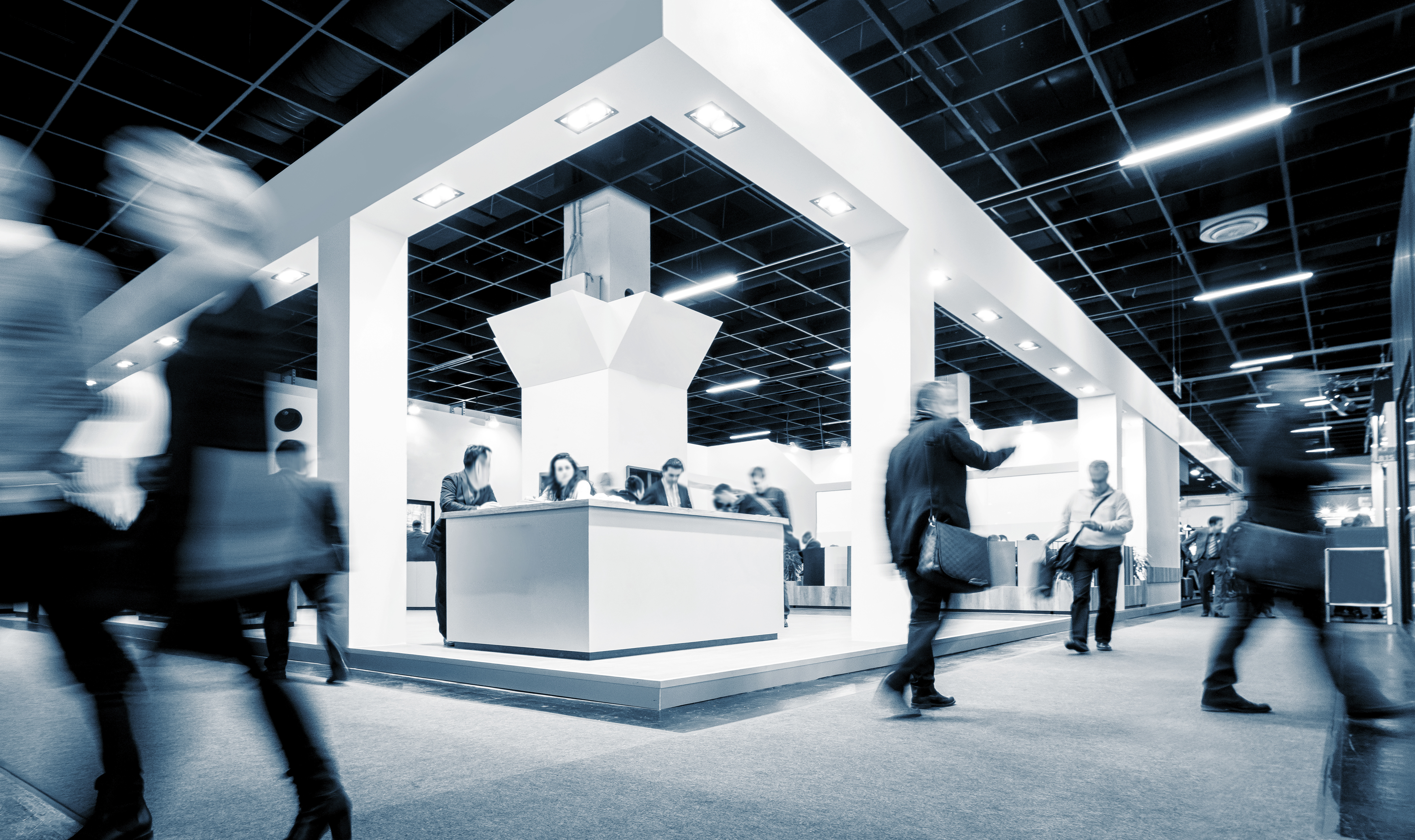 In 2017, digital marketing surpassed television advertising in terms of money spent to become the No. 1 way businesses get the word out about their products or services.
In 2017, digital marketing surpassed television advertising in terms of money spent to become the No. 1 way businesses get the word out about their products or services.
The attraction is obvious. Facebook, LinkedIn, Twitter all have an expanding base of users and an increasing number of tools to target specific people or businesses. This work can be handled in-house, without hotel and travel costs. Those same tools make it easy to calculate return on investments, and it is easy to do A/B testing to figure out which messages or sales pitches resonate the most.
Even with the rise of social media, a tried-and-true method that involves personnel and conversation is steadily growing as well: industry shows and expos. According to Statista, which tracks trends across a number of industries, the percentage of companies expecting to increase the number of trade shows has surpassed those expecting to cut back every year since 2010-11. In 2016-17, the most recent numbers available through Statistia, 26 percent of companies surveyed were going to do more shows in 2017-18 versus 6 percent expecting to do fewer.
At Thinker, we’ve created trade-show marketing materials for dozens of companies. This past month, we decided to get on the other side of the table and be a part of the Rockford (Illinois) Chamber of Commerce Celebration of Manufacturing & Expo, and we got a firsthand look at why these events grow in popularity:
- You meet potential customers you may never have met otherwise.
- The contacts are face-to-face conversations, not cold calls or email campaigns.
- You meet potential suppliers or partners, industry influencers and, sometimes, the press.
Trade-show costs
Obviously, costs vary with the type and size of the show or expo. Exhibitusa.com offers an excellent breakdown.
The industry average to buy portable displays is $100 to $150 per square foot. A 10×10 display, for example, will cost $10,000 to $15,000.
That’s just the display, which is a one-time cost. For each show, you have to factor in cost of floor space, graphics, travel and expenses, electricity, shipping and promotion. The industry rule of thumb is to multiply the cost of your space by three. The average floor space costs $21 a square foot. If you are eyeing that 10×10 space, expect to spend $2,100 for the space and $6,300 for the entire event.
Those numbers don’t include the hidden costs — staff planning time, set up and tear down and shipping and storage of your trade show equipment. Then there’s sales literature and giveaways. It is expected that you have something for people to take away after visiting your booth. Over time, though, this cost may trend downward as younger executives look more toward digital messages. Companies now are increasingly using Touchscreen Interactive Table Technology and iPad trade show apps to immediately send info about the company to interested inboxes.
How to recoup your investment
Even if you can cut costs on literature, trade shows are a significant investment. Just showing up and hoping for the best isn’t a solid plan for any business. Jonathan Baco, the vice president of marketing for SureCall, a signal booster manufacturer based in California, offered some solid tips for Forbes as part of its communications council:
- Have a backup plan for the backup plan. If it’s a very large, expensive show, have a weekly planning meeting or call with everyone involved for at least a month before the show to make sure everything is progressing at the same rate. Then expect things to go wrong. Have a spare computer, spare batteries, cords and other audio/visual tools. Show up early and get to know the team running the show and to track down missing packages or equipment.
- Use all available channels to publicize your attendance. Leverage social media, do an email blast, send press releases to your social media. If your budget allows, send direct-mail postcards. A busy booth attracts customers who want to be a part of something big. Get your best customers there to visit you to help build the buzz.
- Set a measurable goal. To do well at a trade show, your group must want to be there. Attitude and posture mean a lot. Still, this isn’t just a social event. These are major investments in time and money so you need to decide on a metric to judge the show’s success and track it. It could be increasing your company’s social media community, meetings successfully booked or leads to follow.


